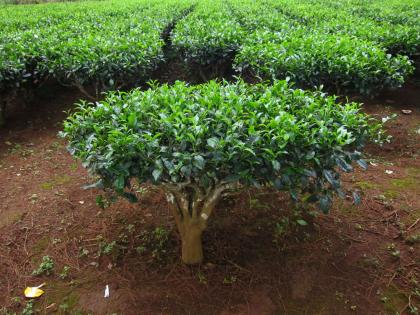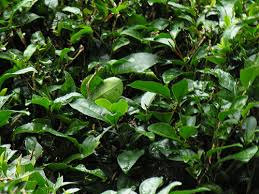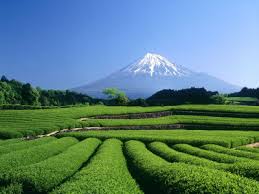First of all, I need to rectify two misunderstandings. Camellia sinensis comes from Southeast Asia and India. It is an evergreen tree that grows up to as much as 8-10 meters (25-30 feet) in height and has spreading branches. On tea plantations the height is kept down to 1-1.5 metres (3-5 feet) to make continuous picking of the fresh sprouts easier. This is why the plant is commonly called a bush. The other misunderstanding concerns the belief that green and black teas come from different plants. They do not. They come from the same genus, in which there are four species. The two that are the most widespread are Chinese and Assam. In essence, the shoots of these plants are plucked, and different processing methods are responsible for the differences in taste, bouquet, and color.
Black tea is partially or completely fermented. Tea came to Europe from India during the era of colonialism. Various regions of India, including Assam, Darjeeling and Nilgiri, produce teas that differ because of the differing climates.Green tea was brought to Japan from China by Buddhist monks. Initially, it was used as a medicine but then, thanks to its caffeine content, it was found to enhance alertness during meditation, and was then used as a stimulant. It was a valuable, expensive product, so consumption was a prerogative of the aristocracy. In time the tea ceremony evolved. To learn more about this and Hungarians who perform the tea ceremony, see the urasenke.hu website. Today, of course, the Japanese drink tea on a daily basis, for it is considered an essential component of Japanese meals.
Currently there are three major tea-growing regions. The most popular teas are grown in Shizuoka, Kagoshima and Mie. There are differences in the taste and color of the products. In some places only the uppermost shoots are plucked; in others, only the top three leaves, and in still others, the stems are also included. A wide variety of teas are available in Japanese shops.
Green tea is not fermented, only dried. This means it is consumed in its natural form, where all the valuable materials go from the leaves to the beverage.
Now, to say a few words on the effects of drinking green tea: I’d like to share some really nice advice that I picked up somewhere (I no longer remember where) but I have never gone wrong when heeding it.
“The secret to a long life is to drink a glass of red wine, eat a square of dark chocolate, and drink a cup of green tea every day.”
Of course, we all know that the amounts we consume of anything make all the difference. That is true for tea as well as everything else. Green tea contains caffeine, so drinking it late at night is not recommended. People who drink coffee to keep alert but are troubled by stomach problems might want to switch to green tea. The caffeine in coffee is absorbed from the stomach and acts quickly but the caffeine from green tea is gradually absorbed from the intestines. The caffeine in tea is a more even and long-lasting stimulant, keeping intellectual performance, associative abilities, and concentration going for longer, and doing away with fatigue.
It is also good to know that green tea contains a large amount of vitamins, antioxidants, and mineral salts. It has about the same amount of vitamin C as a lemon and contains a large quantity of B vitamins.
It is also a diuretic, which helps to detoxify the body. American researchers have found that the catechins in green tea protect bladder cells from inflammation, so anyone with chronic bladder problems would do well to regularly drink green tea.
Green tea also prevents tooth decay. According to Far Eastern surveys, schoolchildren who drink a cup of sugar-free green tea daily have half the number of cavities as children who do not.
We often hear that green tea prevents cancer and there are grounds for believing this. Far Eastern peoples who traditionally drink large amounts of green tea (such as the Japanese) have demonstrably fewer tumorous illnesses. It has also been observed that when larger amounts of green tea (1 to 1.5 liters, 1 to 2 pints/day) are consumed, chances of suffering from certain types of gastric and intestinal tumors go down.
Green tea extracts are used in over one hundred plant-based products and food supplements. Green tea contains vitamins C, B2, D and K, as well as aluminum and copper. It also contains polyphenols that reduce inflammation.
And it is perfectly OK to drink green tea simply because you like the taste!
Cheers!
Sources:
http://www.egzotikusdisznovenyek.hu/node/590
The images come from the following websites:
http://www.egzotikusdisznovenyek.hu
http://2.bp.blogspot.com
http://fodorostya.hu


